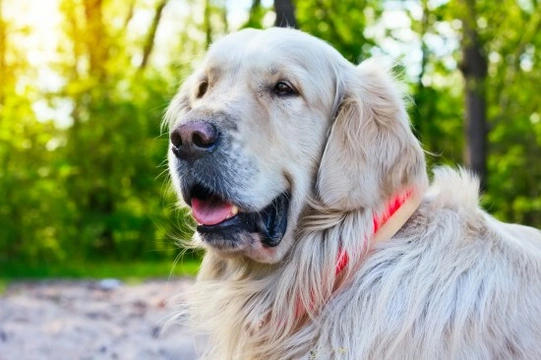
Are some breeds of dog more susceptible to cancer than others?
When a dog reaches maturity and then old age at around age 8-10, their chances of developing some form of cancer rises dramatically, by up to as much as 50%. This is true of all dogs regardless of their breed or if they are a pure breed or mixed breed, and of course, there are a great many different types of cancer, ranging from the simple and easily treatable to the aggressive, often fatal kinds.
Some breeds and types of dog have heightened risk factors for cancer in general, both when mature and when younger too. While this is understandably alarming for owners of dogs of these breeds, it is important to remember that cancer does not necessarily mean a death sentence for the affected dog.
Being aware of the breeds that are particularly prone to developing cancer and knowing how to spot the signs early on is important for the dog owner, as prompt diagnosis and treatment will of course give the affected dog the best chance of ultimate survival. Read on to learn about some of the breeds of dogs that are particularly prone to developing different types of cancers.
Osteosarcoma high risk breeds
Osteosarcoma refers to cancer of the bone, and while potentially any breed of dog may develop this, it is much more prevalent among large and giant dog breeds. Osteosarcoma is an aggressive, fast-spreading cancer that does not usually have a good prognosis for affected dogs.
Some of the breeds most likely to develop osteosarcoma at some stage of their lives include the Great Dane, Saint Bernard, German Shepherd, Doberman Pinscher, Irish Setter, and Golden Retriever.
High risk breeds for other assorted cancers
There are a great many different types of cancers, each of which works in different ways and develop due to different causes. In general, there are a few breeds of dog that are particularly prone to developing any one of a number of different cancers, and these breeds are considered to be high-risk.
The Golden Retriever again is one of these, with veterinary statistics indicating that almost 60% of all Golden Retrievers will suffer from cancer at some point of their lives if they reach old age, and cancer being the leading cause of death within the breed.
The Bernese Mountain Dog is particularly prone to a type of cancer called histocytosis, which also affects some other giant breeds too. The Bernese Mountain Dog’s statistics show that almost 50% of dogs of the breed that reach maturity will ultimately have histocytosis as their cause of death. Other breeds that have elevated risk factors for histocytosis include the English bulldog, Boston Terrier, the Cocker Spaniel, and the Flat-coated Retriever.
Other breeds of dog that have a heightened propensity to develop other types of cancer include the Rottweiler and the Boxer dog.
Medium risk breeds for different types of cancers
A reasonable amount of other dog breeds have a moderate risk level for cancer, often specific cancers that are considered to be prevalent within a specific breed and have genetically inherited risk factors.
Some of these medium-risk breeds include:
- Standard Poodle
- Miniature Poodle
- Standard Schnauzer
- Miniature Schnauzer
- Dachshund
- Jack Russell
- Alaskan Malamute
- Bichon Frise
- Shih Tzu
- Weimaraner
- Pekingese
Low risk breeds for a predisposition to cancer
While all purebred dogs will likely have a short list of breed-specific conditions and risk factors and no dog can be considered to be immune to cancer or illness, some breeds of dog present with cancer at a very low rate across the breed as a whole. However, this by no means guarantees that they will be healthy throughout their lives, or free from other potentially serious conditions!
Some of the breeds that are considered to be low-risk for cancer include:
- Border Collie
- Cavalier King Charles Spaniel
- Greyhound
- Australian Shepherd Dog
- Havanese
- Maltese
- Welsh Corgi (Both Cardigan and Pembroke)
- Miniature Pinscher
Can you do anything to prevent cancer in the dog?
Unfortunately, there is no magic formula that will prevent cancer from developing, and no sure-fire way to guarantee lifelong health.
However, there are a few steps that you can take to give your dog the very best chance of avoiding succumbing to some of the more common cancers:
- Spay or neuter your dog, as this effectively negates the likelihood of some common cancers such as ovarian cancer or testicular cancer occurring, as these are only found in un-neutered dogs.
- Feed your dog a top quality balanced diet, and ensure that they receive all of the nutrients that they require.
- Keep your dog fit and active throughout their lives, and do not let them get overweight.
- Check your dog over regularly for lumps, bumps or anything unusual, and contact your vet promptly if you spot anything amiss.



